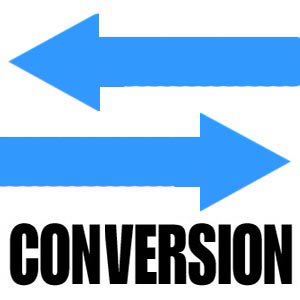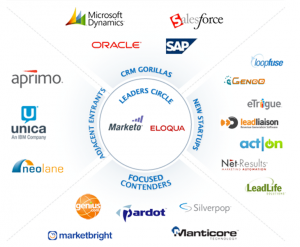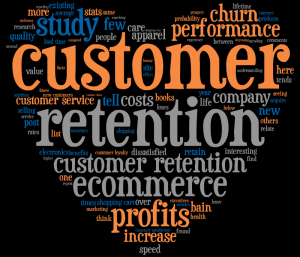The Benefits of Identifying Who is Visiting Your Site
 Understanding exactly who is visiting your site is essential for success in a global marketplace. Almost every person who clicks on a link to your website is a potential customer. Occasionally they could be competitors or researchers with ulterior motives, but most visitors are on your site looking for solutions to their questions and concerns. They are investigating their options and sincerely interested in your products or services. Marketing automation is a proven method for capturing, profiling, and converting these visitors. Its primary purpose is identifying who is visiting your site and what information they are trying to obtain. This gives your marketing and sales team better insight into customer’s interests and intentions. One of the greatest benefits that you will receive from a marketing automation system is website visitor tracking. Marketing automation software provides you with the ability to monitor and record vital information about every visitor on your website.
Understanding exactly who is visiting your site is essential for success in a global marketplace. Almost every person who clicks on a link to your website is a potential customer. Occasionally they could be competitors or researchers with ulterior motives, but most visitors are on your site looking for solutions to their questions and concerns. They are investigating their options and sincerely interested in your products or services. Marketing automation is a proven method for capturing, profiling, and converting these visitors. Its primary purpose is identifying who is visiting your site and what information they are trying to obtain. This gives your marketing and sales team better insight into customer’s interests and intentions. One of the greatest benefits that you will receive from a marketing automation system is website visitor tracking. Marketing automation software provides you with the ability to monitor and record vital information about every visitor on your website.
Establishes an Accurate Target Market Profile
A company can develop a more accurate profile of a typical consumer by identifying website visitors early on in their buying process. Website visitor tracking will follow the lead to determine the route that was taken from the link that brought them to the site and to the final webpage that sealed the deal. By weighing similar demographic and behavioral aspects on every lead, they can develop a clear picture of who really makes up their target market.
Gains Insight into Visitor’s Online Activity
By identifying who is visiting your website, you can monitor visitor’s online activity in real-time. This way companies can pinpoint certain indicators as triggers and advise the sales team to react instantly. Understanding trends in consumer’s online activity will also help marketers develop a more complete lead profile for scoring.
Gain Insight into your Visitor’s Demographics
How well could you describe your typical consumer? Do you know their age, employment history, job title, sex, or any other aspect that makes them more likely to buy into your brand? By using website visitor tracking to identify who’s on your site, you can gather vital demographic information on your potential customers prior to conversion. This will also further enhance your lead profile.
Provide your Sales Team with Qualified Leads
Using website visitor tracking to identify who is on your site will make it easier to spot leads with the highest potential. Marketing automation providers like Lead Liaison will send sales alerts the very instant online visitors are proven to be qualified sales candidates. A faster reaction time to leads while they are demonstrating interest in a product or service will greatly increases the chance of conversion.
Deeper Understanding of Buyer’s Pre-purchasing Behavior
You will have a better grasp of the buying journey your customers go through by monitoring and tracking who is visiting your website while they are on it. It will make it easier to identify which pages they click on, how long it usually takes from initial visit to conversion, and what content on your website is generating the most revenue. This information is vital for content development and marketing campaign improvements. This is the age of advanced technology in a tough economy. Every company needs an advantage to stay viable. By following who is on your website through advance technology like website visitor tracking, you can bring in more leads, create a more accurate profile, advise sales of qualified leads in real-time, and gain better insight into the pre-purchasing behavior of your typical consumer. This is the advantage your company needs to survive.











